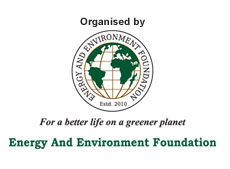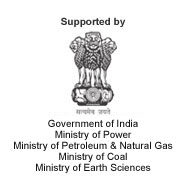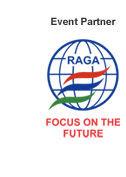Acidic gases removal e.g. carbon dioxide (CO2), is an important industrial operation. The presence of CO2 in natural gas causes reduction of heating value and as an acid component it has the potential to corrode the pipes and process equipment and also causes catalyst poisoning in ammonia synthesis [1]. Natural gas pipe lines usually permit the CO2 content from 1 to 2 mol % and sometimes as high as 5 mol % [2].
Most commonly employed technique in industry for absorption of acid gases is by using aqueous alkanolamine solutions. In research, aqueous solutions of ethanolamine, especially monoethanolamine (MEA) and diglycolamine (DGA), the secondary amines diethanolamine (DEA) and diisopropanolamine (DIPA), the tertiary amines methyldiethanolamine (MDEA) and triethanolamine (TEA) [3] has been used. Another class of amines sterically hindered amine (SHA) has also been an effective absorbent for CO2 absorption. Since SHA does not form stable carbamate, the regeneration energy cost may be lower as compared to other conventional amines, also because of its higher absorption capacity and higher selectivity [4]; these amines are strongly recommended for gas purification.
The set of three SHA were selected for this study viz. 2-amino-2-methylpropanol (AMP), the simple hindrance form of MEA and two derived form of AMP: 2-amino-2-ethyl-1,3-propanediol (AEPD), which is one of the primary hindered amines, can be produced from renewable material [5], has a larger bulky group attached to the tertiary carbon atom, and 2-amino-2-methyl-1,3-propanediol (AMPD) which could be effective absorbent for CO2 capture and is confirmed by previous work [6]. It has been reported that at temperature 308 K reaction rate of CO2 with aqueous AMPD is faster than AEPD solutions have higher CO2 absorption capacity [7]. Hence further study is carried out with AMPD aqueous solution.
To speed up the reactive absorption process primary or secondary amines were selected as promoters; this is because it incorporates the benefits of respective amines in the blends. Furthermore, some researchers reported that observe pseudo-first-order rate constant (ko) values of blended amines results higher than the sum of ko values respective pure amines. [8]. There are some articles published on the research carried out using SHA with promoters. Ume et al. studied the kinetics of reaction between aqueous blend AEPD-piperazine (PZ) with CO2 using termolecular reaction mechanism, obtained that the low reaction rate of AEPD is considerably enhanced by the addition of small amount of promoter, PZ. Seo and Hong [9] studied CO2 absorption into aqueous AMP-PZ blend using zwitterion mechanism and they obtained that the apparent reaction rate constants increased with addition of PZ. Bougie and Iliuta [10] studied regeneration efficiency and cyclic capacity of various sterically hindered alkanolamines aqueous solutions and found most hindered amine solutions 2-amino-2-methyl-1,3-propanediol (AMPD), AEPD and 2-amino-2-hydro- xymethyl-1,3-propanediol (AHPD) are more easy to regenerate because they do not form stable carbamates in solution particularly AHPD, they have also tested with addition of PZ into AHPD aqueous solution as activator which has proven to be the most appropriate solvent for CO2 capture.
In the case of aqueous blended solutions of AMPD it has been concluded that the effect of an activator particularly when the activator was PZ, clearly highlighted the performance of CO2 absorption. In addition to PZ as activator, ethylenediamine (EDA), hexamethylenediamine (HMDA) and 2-([2-aminoethyl]amino)ethanol (AEEA) have been used in this study which is currently not found in open literature.
|







